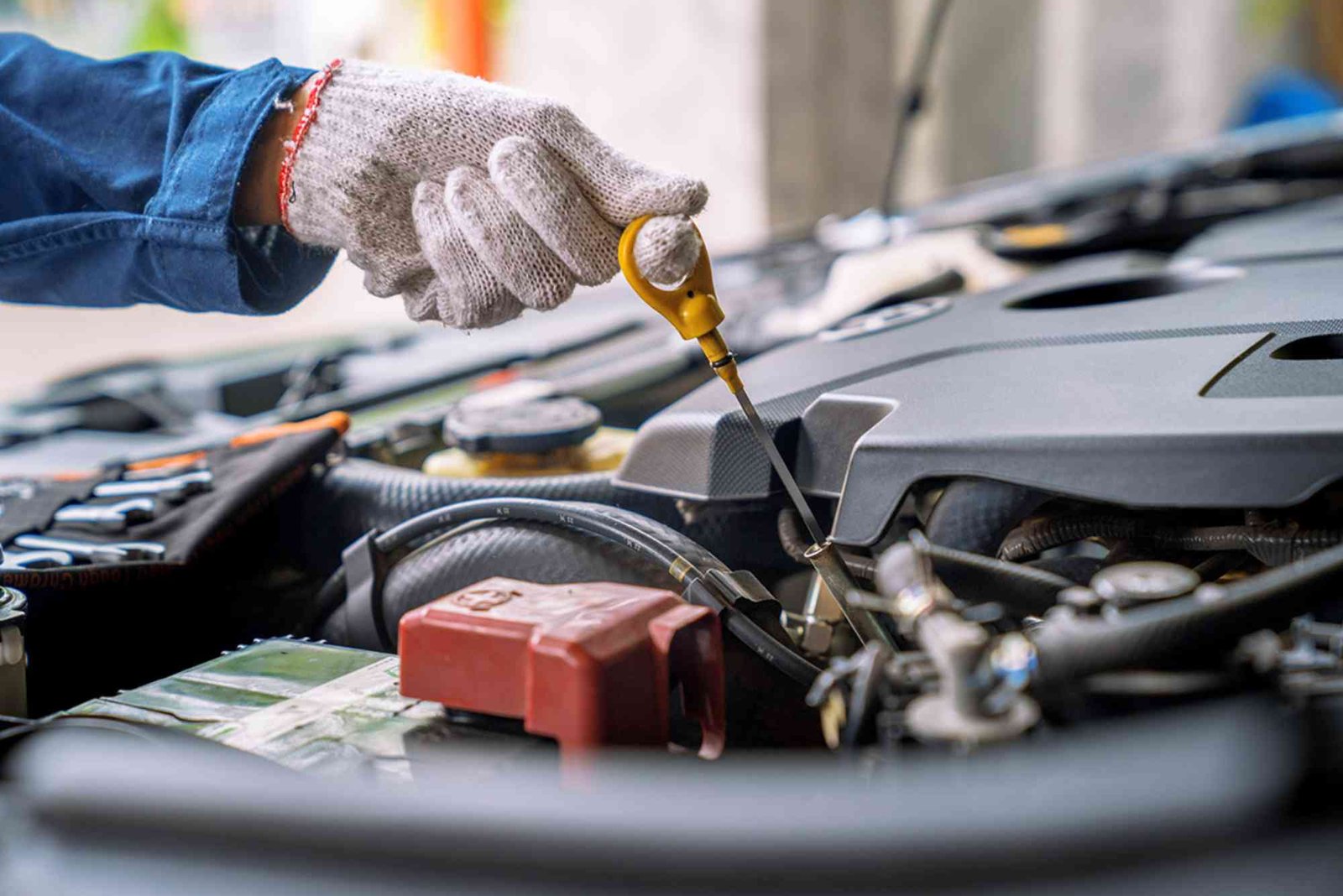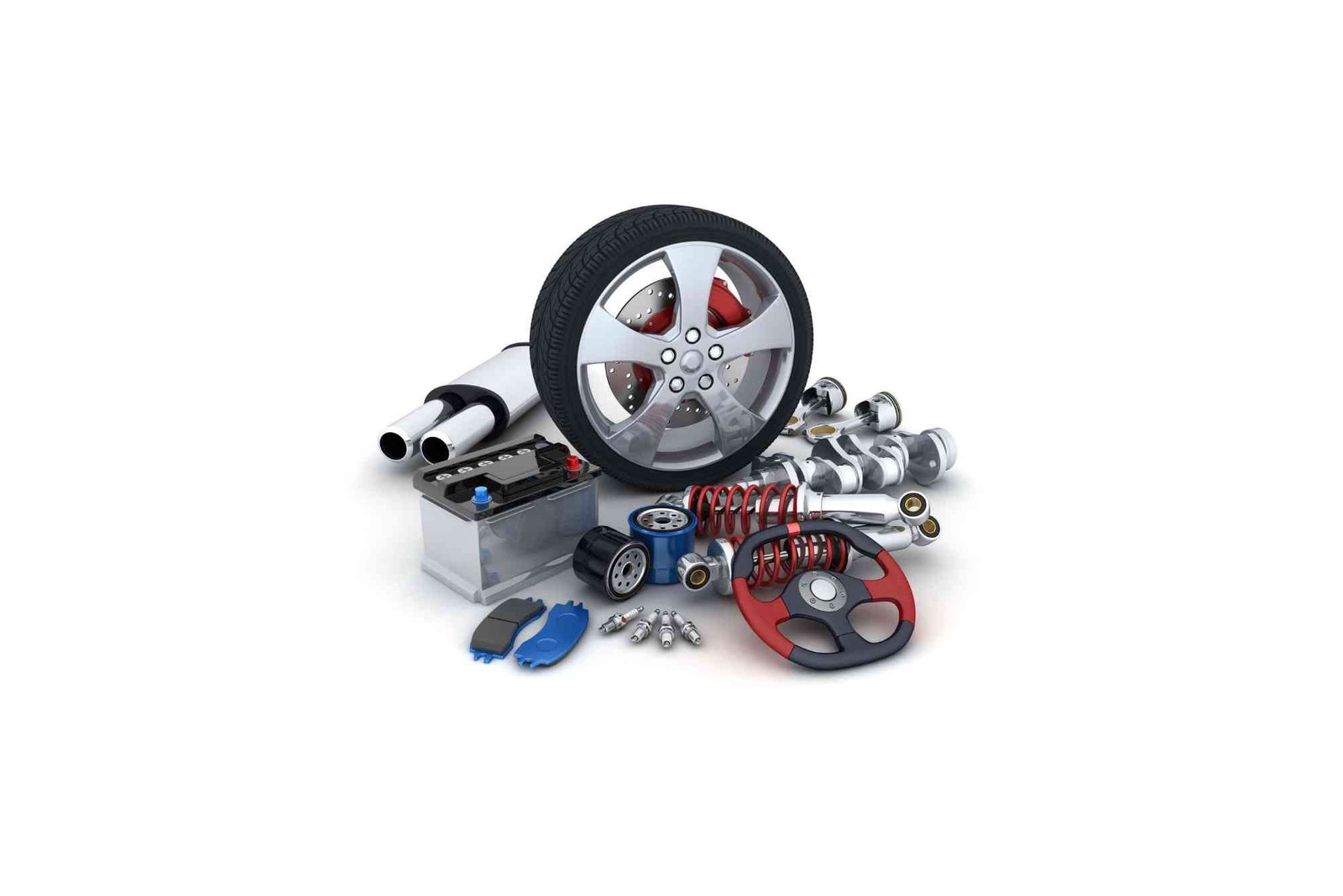Understanding DTF Printing and Its Challenges
DTF (Direct-to-Film) printing has revolutionized the custom apparel industry with its ability to produce vibrant, durable, and high-quality prints. However, achieving perfect results with DTF requires attention to detail and proper technique. Many beginners and even experienced printers make common mistakes that can affect the quality and longevity of DTF transfers. Avoiding these errors will help ensure professional-grade prints every time.
Improper Curing of DTF Transfers
Curing is a crucial step in DTF printing, and many issues arise from incorrect curing temperatures and times. Under-curing results in weak adhesion, while over-curing can cause prints to become brittle. It’s essential to follow manufacturer guidelines, typically curing at 300-320°F (150-160°C) for the recommended duration, to ensure DTF transfers are properly set before application.
Poor Image Quality and Low Resolution
One of the most frequent mistakes in DTF printing is using low-resolution images. Printing designs with low DPI (dots per inch) can result in pixelation and blurry prints. For sharp, high-quality DTF transfers, always use images with at least 300 DPI. Additionally, ensuring that the artwork is created in CMYK format rather than RGB will help maintain accurate color reproduction.
Incorrect Adhesive Powder Application
Applying too much or too little adhesive powder can negatively impact the durability of DTF transfers. Excessive powder can cause a rough texture, while insufficient powder may lead to weak adhesion, causing prints to peel or crack. To achieve the best results, evenly coat the printed design with adhesive powder and shake off any excess before curing.
Incorrect Heat Press Settings
Applying DTF transfers with the wrong heat press settings can lead to adhesion failures or poor color transfer. Using excessive heat may scorch the fabric or damage the design, while low heat might not bond the transfer correctly. Adjusting the heat press to the correct temperature, pressure, and time ensures a strong and lasting bond between the transfer and fabric.
Skipping a Test Print Before Production
Many printers make the mistake of skipping test prints before running a full batch of DTF transfers. Running a test print allows you to check for color accuracy, adhesion strength, and overall quality before committing to large-scale production. Performing this step helps identify and fix potential issues before they become costly mistakes.
Poor Storage and Handling of DTF Transfers
Storing DTF transfers incorrectly can lead to premature deterioration and print failures. Transfers should be stored in a cool, dry place away from moisture, dust, and direct sunlight. Improper handling, such as stacking transfers while still warm, can cause them to stick together and ruin the prints. Keeping them in a protective environment ensures they remain in optimal condition.
Using the Wrong Fabric for DTF Printing
While DTF is compatible with a wide range of fabrics, some materials may not provide optimal adhesion. Attempting to apply DTF transfers on fabrics with heavy texture, excessive stretch, or high heat sensitivity can lead to peeling or warping. Ensuring fabric compatibility before printing will help prevent unnecessary issues and ensure a professional finish.
Ignoring Proper Printer Maintenance
A poorly maintained DTF printer can lead to clogged printheads, inconsistent ink flow, and color inconsistencies. Regular maintenance, including printhead cleaning and ink system checks, is essential for producing high-quality DTF transfers. Keeping your printer in good condition ensures smooth operation and extends the lifespan of your equipment.
Conclusion
Achieving flawless DTF prints requires careful attention to every step of the process. From ensuring high-resolution images to properly curing and applying DTF transfers, avoiding these common mistakes will significantly improve the quality and durability of your prints. By following best practices and maintaining your equipment, you can produce vibrant, long-lasting designs that stand out in the custom printing market.
Frequently Asked Questions
- Why do my DTF prints look blurry?
- Blurry prints are usually caused by low-resolution images. Always use high-quality artwork with at least 300 DPI for sharp DTF transfers.
- How do I know if I applied enough adhesive powder?
- An even, light coat of adhesive powder is ideal. Too much can cause a rough texture, while too little may lead to peeling DTF transfers.
- What happens if my DTF prints are peeling?
- Peeling often results from incorrect curing or insufficient heat press pressure. Adjusting your curing temperature and heat press settings can fix this.
- Can I reuse leftover DTF transfer film?
- No, once printed, DTF transfer film cannot be reused. Always use fresh film for new designs.
- How should I store unused DTF transfers?
- Store DTF transfers in a dry, cool area away from direct sunlight and humidity to maintain their quality.
- What is the best way to clean a DTF printer?
- Regularly clean printheads, flush ink lines, and follow manufacturer maintenance guidelines to keep your DTF printer running smoothly.
- Can I apply DTF prints to any fabric?
- While DTF transfers work on many fabrics, some materials with high stretch or texture may not provide the best adhesion.
- Why are my DTF prints cracking?
- Cracking occurs when too much heat is applied or when poor-quality ink or adhesive powder is used in DTF printing.
- How do I ensure accurate colors in my DTF prints?
- Use CMYK color mode, regularly calibrate your printer, and perform test prints to ensure accurate color reproduction in DTF transfers.
- What temperature should I use when pressing DTF transfers?
- For best results, apply DTF transfers at 300-320°F (150-160°C) using medium to high pressure.




